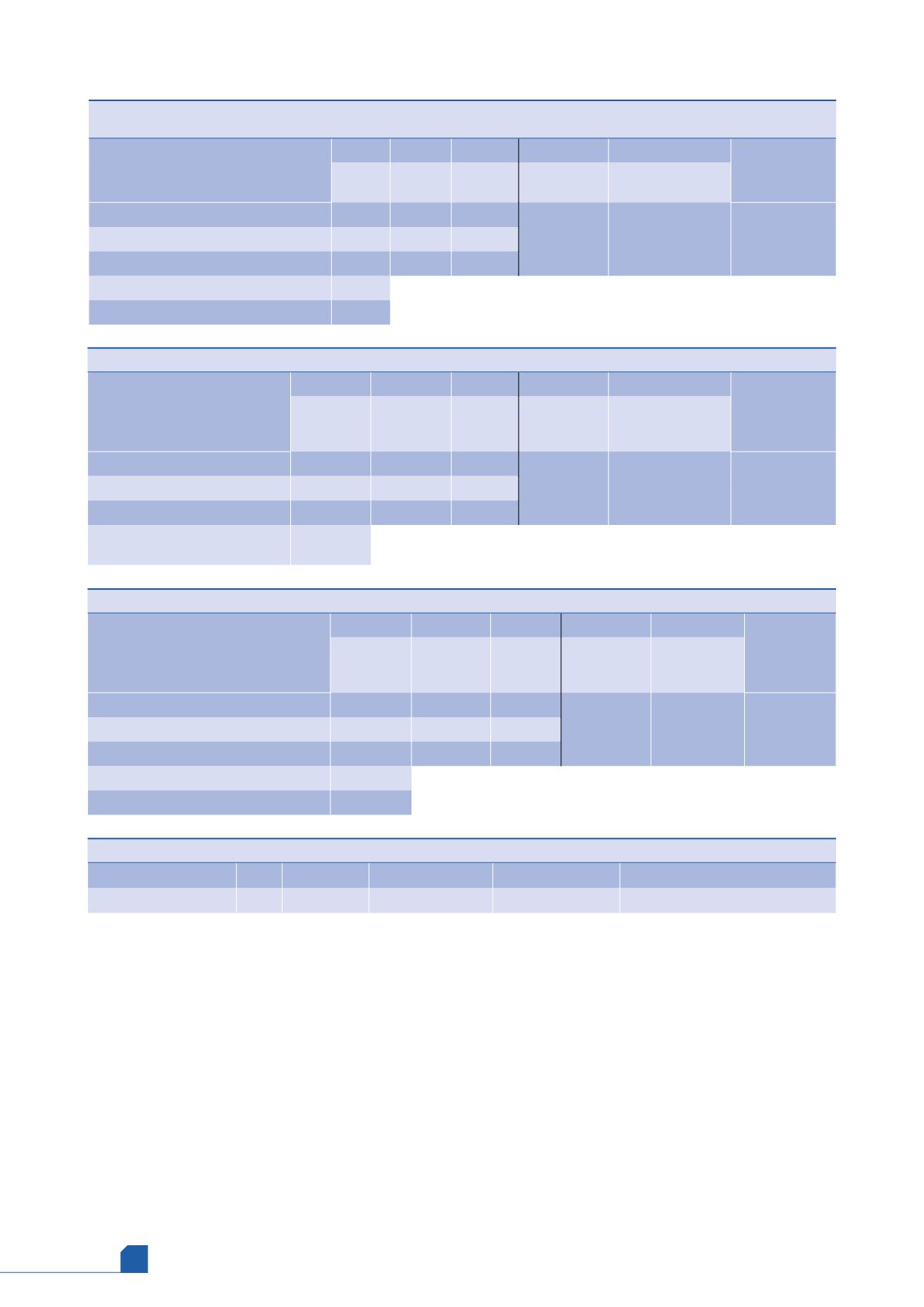
August
2019
HYDROCARBON
ENGINEERING
46
Case study 2: P-P splitter
The P-P splitter (Figure 3) is a heat-pumped tower system.
The heat-pumped system is employed in order to minimise
the total energy consumption. The overhead propylene
from the tower is compressed by the heat-pump
compressor (driven by a high-pressure steam turbine) against
the column reboiler and against the propylene trim
condenser (air-cooled, induced draft-type with louvres) to
remove the excess energy from the system. The overhead
product from the P-P splitter tower is polymer-grade
propylene. The exhaust steam from the heat-pump
compressor steam condenser package is condensed by
means of an air-cooled condenser (induced draft-type with
automatic louvre control). The tower top PSV is set at
900 kPag. The normal duty of the trim condenser is
17.19 MW and that of the heat-pump compressor is
11.84 MW. The normal operating conditions and stream
enthalpy for this system are presented in Table 8.
Total power failure scenario analysis
During total power failure, all of the electric motor drives
would cease to operate, leading to the following
consequences:
The flow-controlled feed to the P-P splitter would
continue as the feed enters the tower under its own
pressure, which is higher than the tower’s relieving
pressure. However, feed temperature is slightly higher
in this case, owing to loss of the feed coolant stream
due to trip of coolant pump (the coolant is a separate
process stream in this case).
Table 9.
Estimation of relief load during total power failure
+
-
-
+
-
Q
u
(enthalpy
in - enthalpy
out [kJ/hr])
Feed
Bottoms
Overhead Heat-pump
compressor
duty (kJ/hr)
Q
c
(condenser
duty [kJ/hr])
Mass flow (kg/hr)
207 631
149 078
58 553
42 629 828
0
59 864 773
Specific enthalpy (kJ/kg)
-1708
-2667
439.3
Total enthalpy (kJ/hr)
-354 633 748 -397 591 026 25 722 333
Latent heat of accumulation stream (kJ/kg)
342
Relief rate (kg/hr)
233 596
Table 10.
Physical properties for case study 2
Relief temperature (˚C)
MW Ideal Cp/Cv Compressibility (Z)
Viscosity (cP)
Latent heat of vaporisation (kJ/kg)
24.6
42.1
1.13
0.8
0.01
342
Table 8.
Operating conditions of P-P splitter
+
-
-
+
-
Q
u
(enthalpy
in - enthalpy out
[kJ/hr])
Feed
Bottoms
Overhead Heat-pump
compressor
duty (kJ/hr)
Q
c
(condenser duty
[kJ/hr])
Mass flow (kg/hr)
207 631
149 078
58 553
42 629 828
61 892 500
0
Specific enthalpy (kJ/kg)
-1806
-2669
62.25
Total enthalpy (kJ/hr)
-374 981 586 -397 889 182 3 644 924
Latent heat of accumulation
stream (kJ/kg)
342
Table 7.
Total power failure relief load estimated considering an induced draft air cooler without louvre
control
+
-
-
+
-
Q
u
(unbalanced
heat [kJ/hr])
Feed Bottoms Overhead Q
b
(reboiler
duty [kJ/hr])
Q
c
(condenser duty
[kJ/hr])
Mass flow (kg/hr)
0
0
0
154 080 000
25 929 000
128 151 000
Specific enthalpy (kJ/kg)
-2478 -1636
-1443
Total enthalpy (kJ/hr)
0
0
0
Latent heat of accumulation stream (kJ/kg)
192
Relief rate (kg/hr)
667 453








